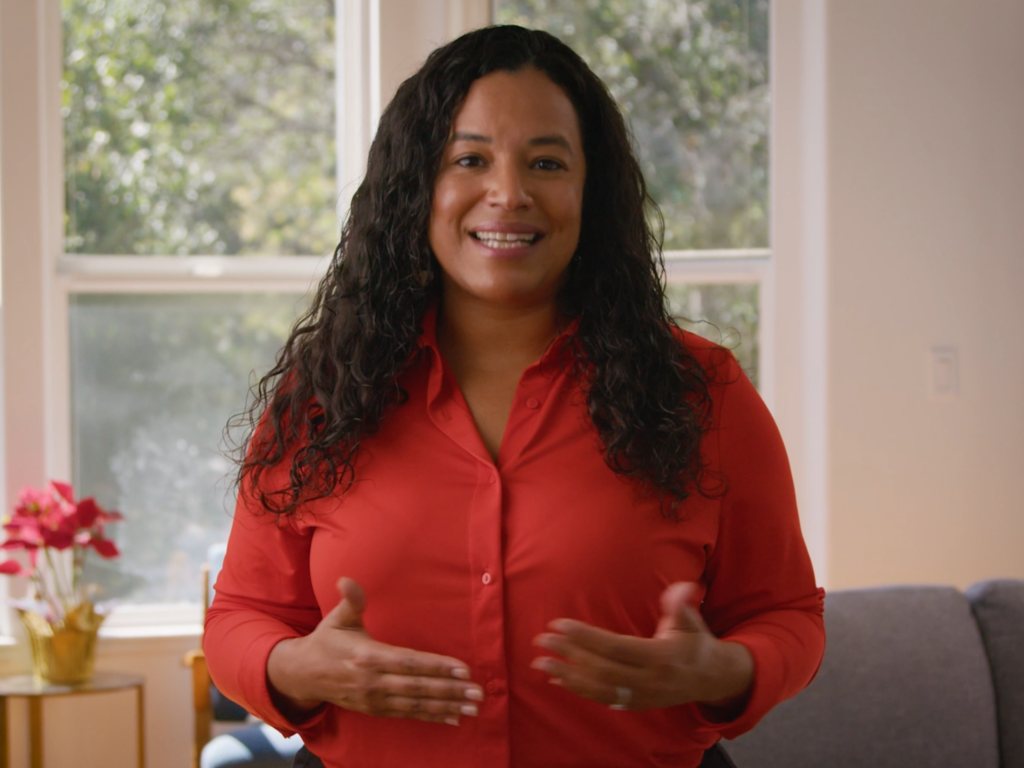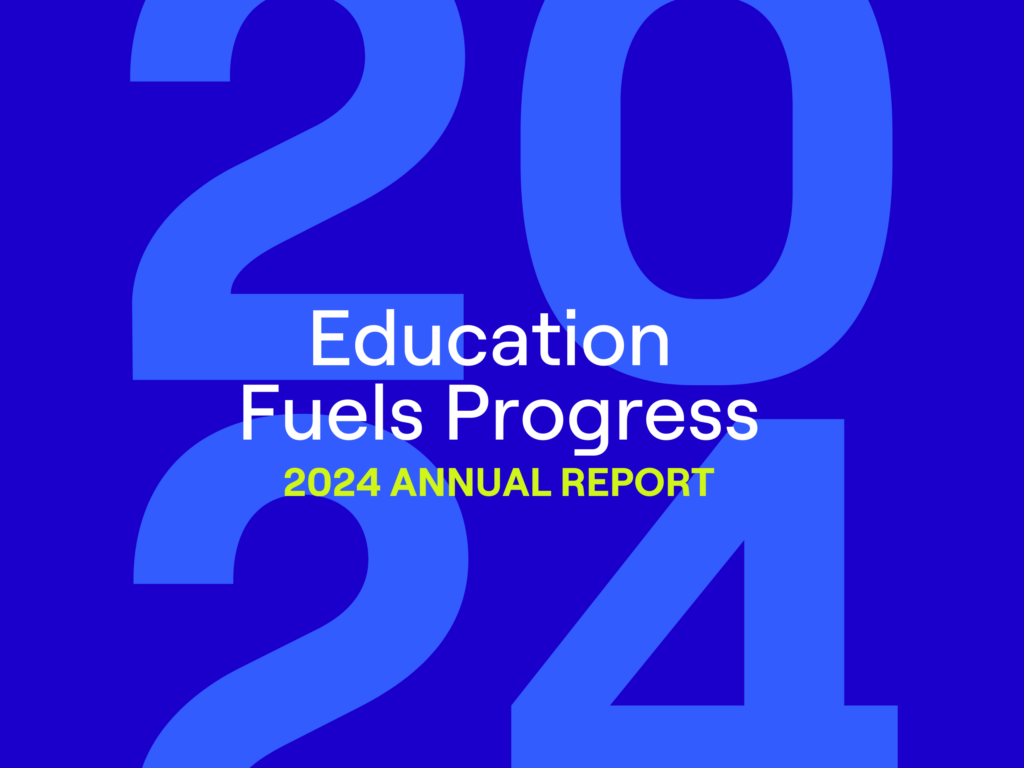This provocative thought-provoking session was moderated by Mike Magee from Chiefs for Change. Joining him as speakers were Pedro Martinez from San Antonio, Hanna Skandera from New Mexico and Lewis Ferebee from Indianapolis. The session explored how education system leaders are capitalizing on the flexibility and local control offered by the Every Student Succeeds Act (ESSA).
- ESSA has made possible a true sea change in federal law; ESSA features a near total lack of prescriptiveness about how to turnaround schools. The playbook is now gone and extraordinary flexibility given to state and local leaders to turnaround schools. There is also unprecedented flexibility in how to use federal title funding to do that work.
- ESSA is offering an opportunity to create new alignment across the school system in San Antonio; we are creating a new environment where we can nont only turnaround schools, but also try new innovations.
- New Mexico: it’s a complete game changer for our school systems. Under the old federal laws we spent our time fighting about how and what we were going to measure, now we spend our time problem solving on how to close the achievement gap.
- Across all three contexts: ESSA is fundamentally shifting the human capital pipeline and the role of teachers In all three places, systems leaders are offering compensated roles for teachers to play to extend their reach and their leadership.
- Across all three contexts, system leaders are finding that ESSA has the potential to enshrine equity for all students. First from the perspective of accountability, it mandates that states and school districts have clear, actionable data on student performance. Second, the “Supplement, not supplant” language in ESSA has major impact on how states and districts are funding equity; there is recognition of the need to understand across the system whether dollars are being equitably distributed, which has huge implications for school choice and instructional choice and making sure kids have equitable access. So first it mandates that we know what type of kids are in our schools and second it mandates we understand how resources are distributed to those kids.
At next year’s Summit, we look forward to hearing from the teachers who are making this work happen (instead of the systems leaders who are also interesting, but further removed).


